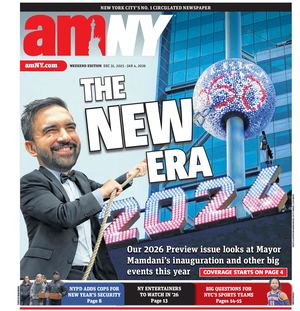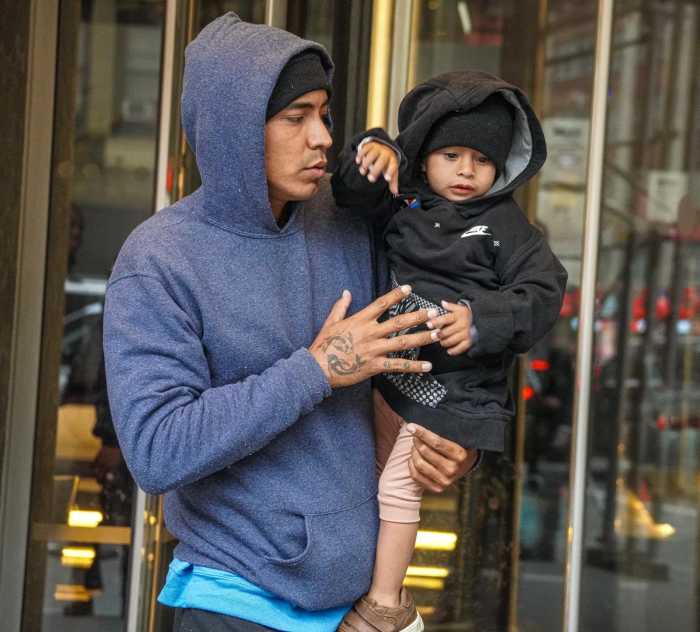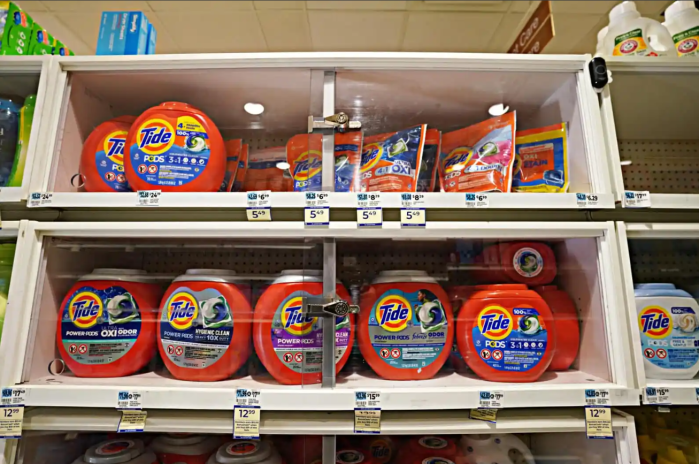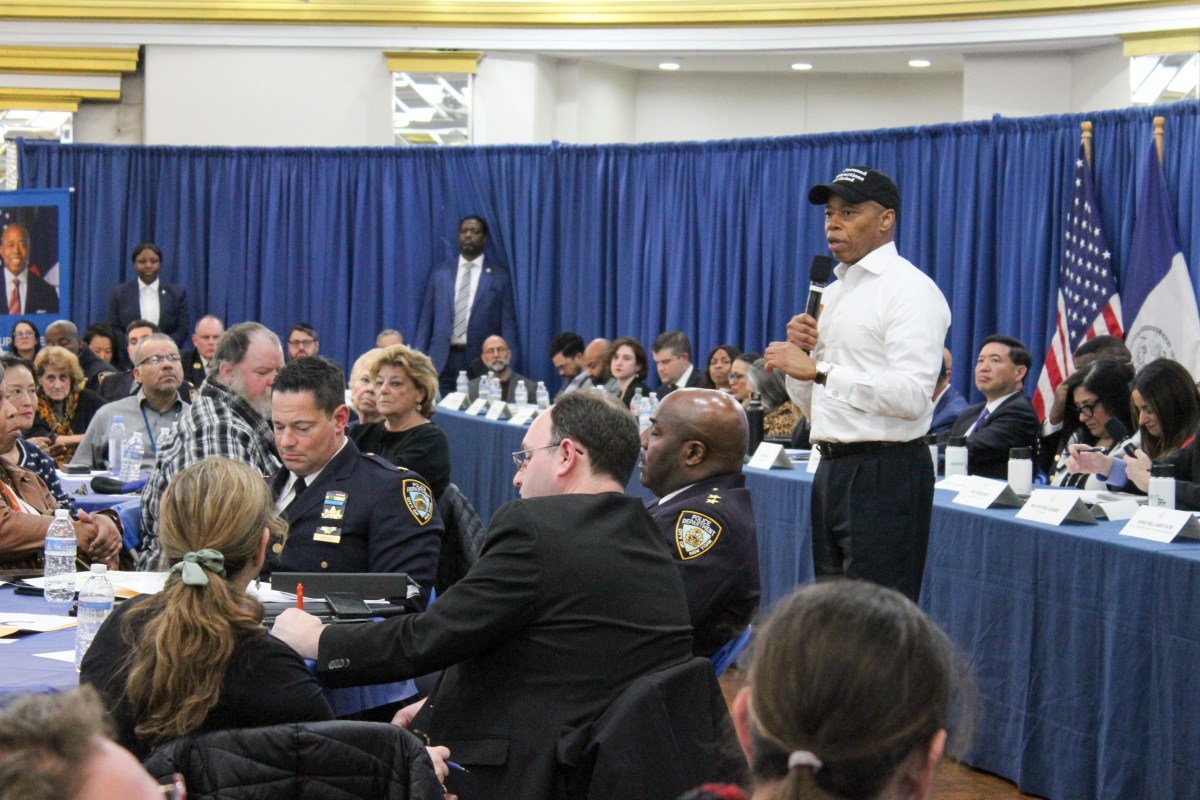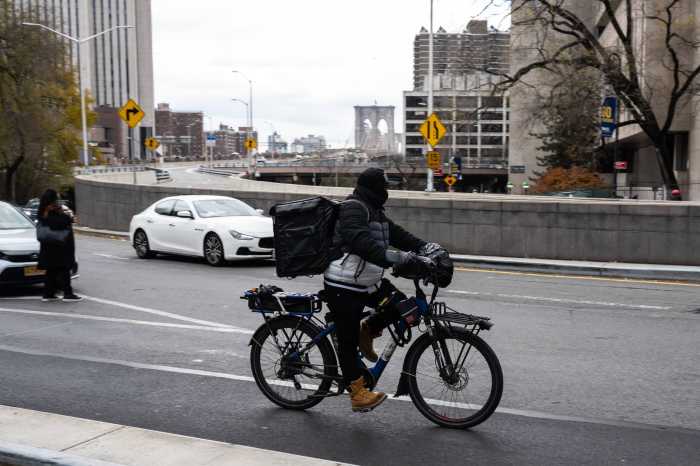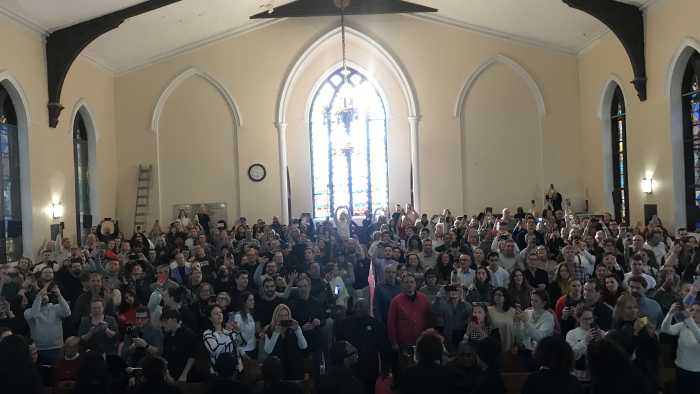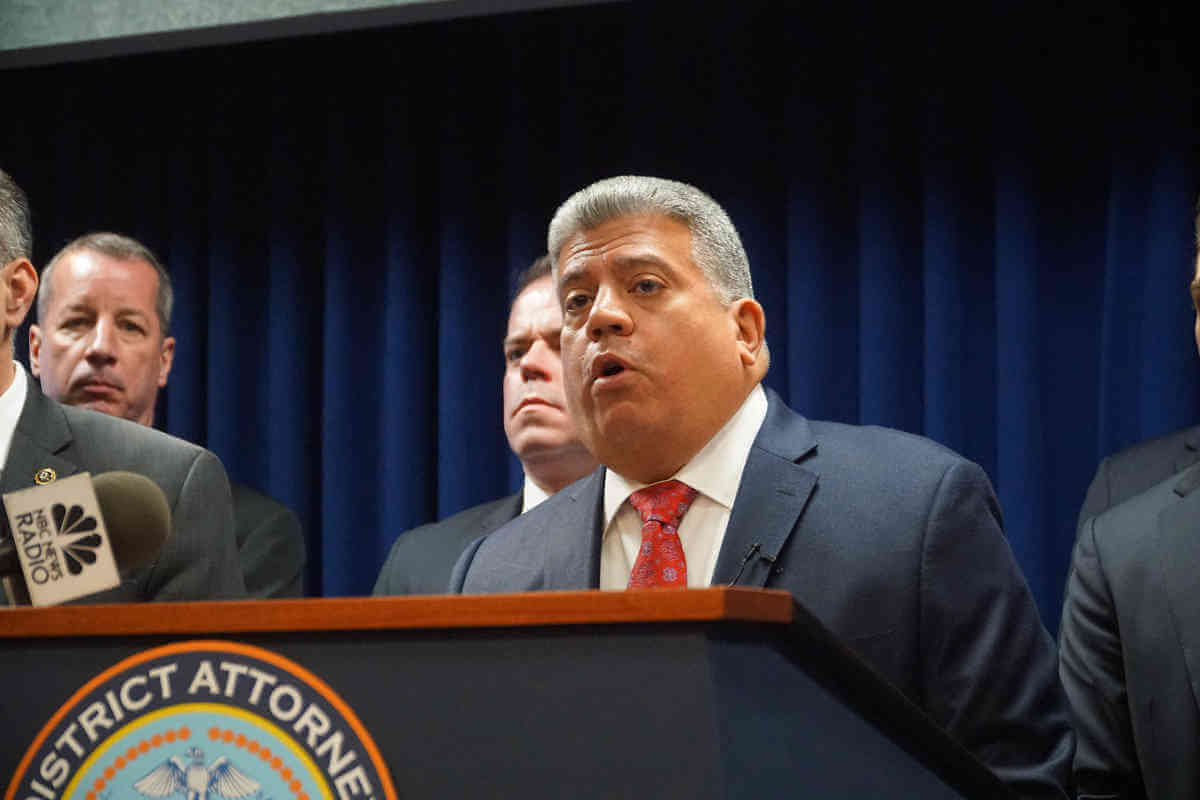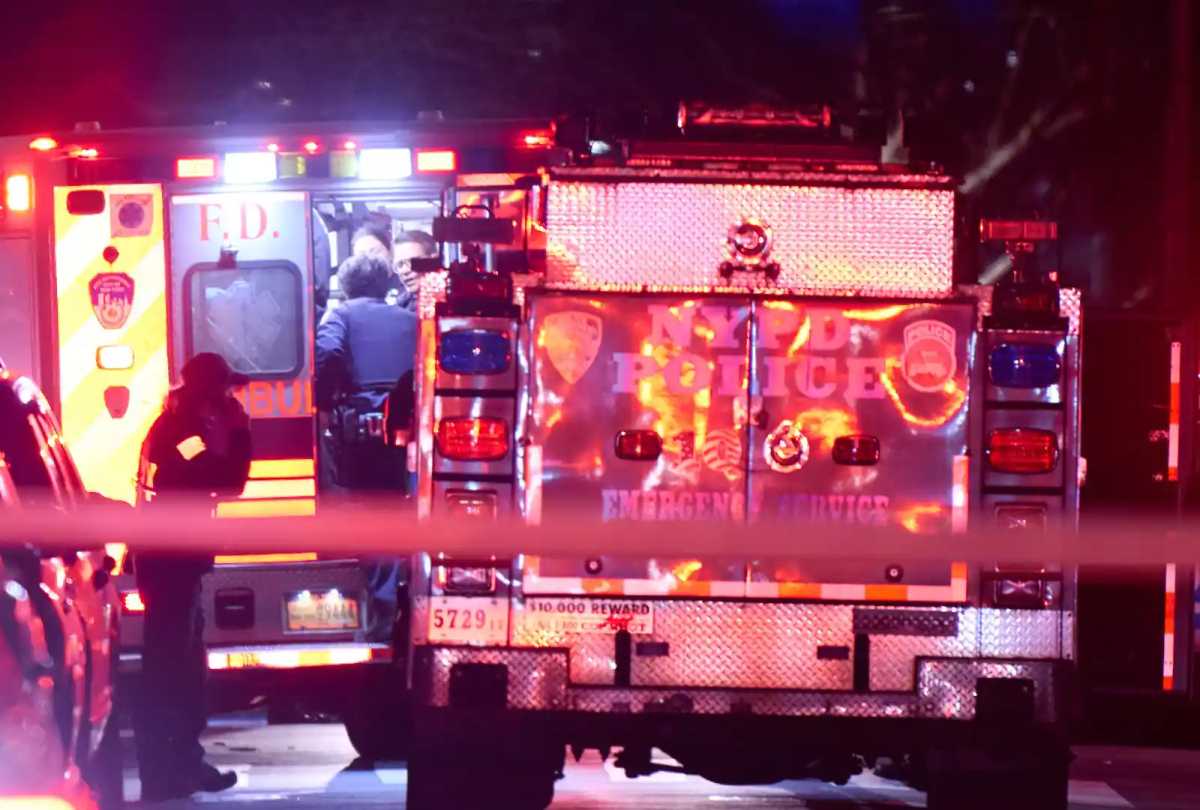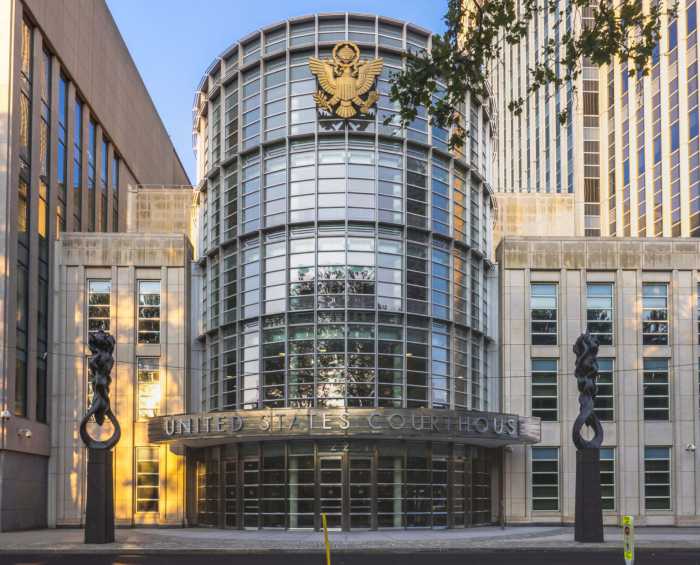More than 100,000 asylum seekers have arrived in New York City since last spring, the Adams administration reported Wednesday — marking a significant milestone in the ongoing migrant crisis that has rippled throughout the city, with devastating humanitarian and economic consequences.
“With more than 101,200 asylum seekers arriving in New York City and asking for shelter, our city has now provided shelter and care for more migrants since last year than there are people in Albany,” said Mayor Eric Adams in a statement on Wednesday. It seemed to be a subtle dig at the Hochul administration, which shot back at Adams’ repeated calls for more help — saying the city has been slow to act on a number of fronts, including utilizing state-owned land and appropriating state workers to necessary tasks.
Nevertheless, the situation continues to deteriorate as government officials scramble to deal with the influx of refugees, most of whom are fleeing poverty and violence in Central and South America.
Currently, there are over 110,200 people in the New York City shelter system, including 58,500 asylum seekers, and officials predict the flow of migrants to continue for the foreseeable future.
Between Aug. 7-13 alone, the city saw over 2,700 newly-arrived asylum seekers arrive in the Big Apple.
“New York City is a city of immigrants — immigrants like many of your families, and just like my family, who came here from the Middle East almost 50 years ago in search of the American dream,” said New York City’s new Deputy Mayor for Communications, Fabien Levy, during an Aug. 16 briefing. “But never before in our city’s history, have we seen such a concentrated influx of asylum seekers.”
Nearly $1.73 billion already spent
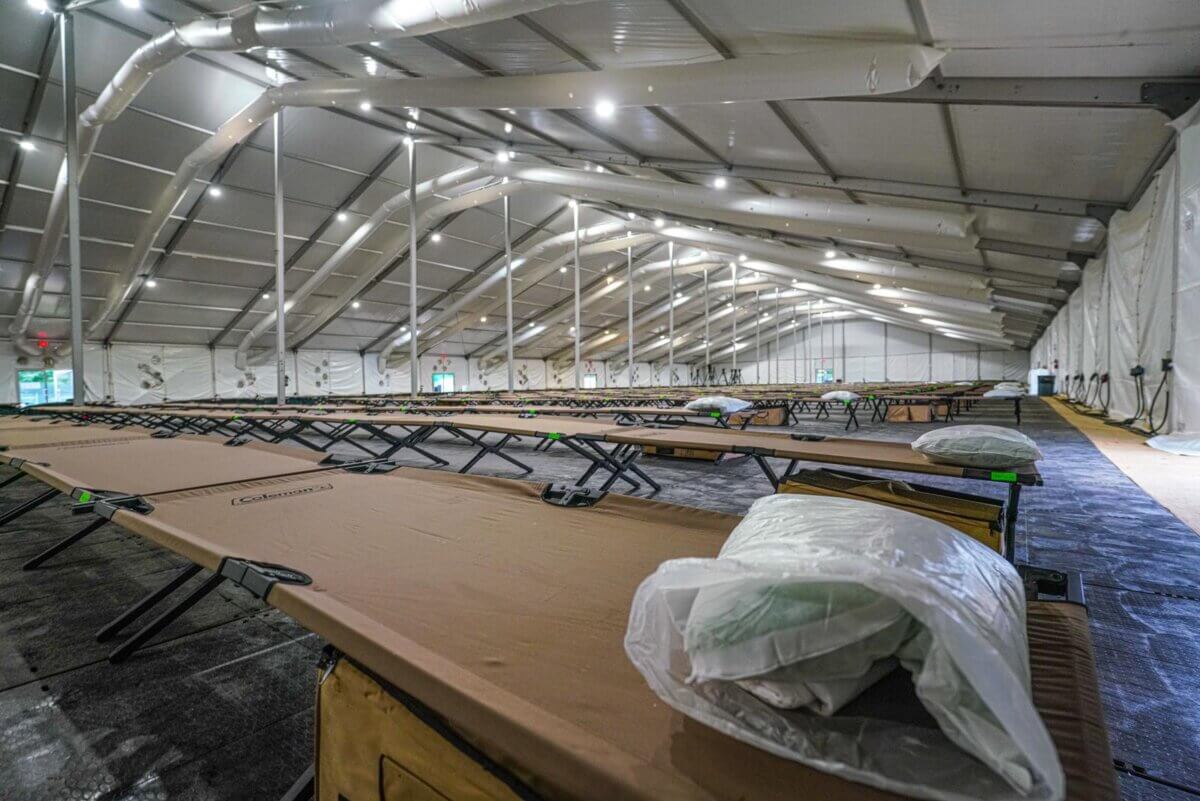
Since the crisis began, the city has opened 201 new sites across the five boroughs to house migrants, including 14 large-scale humanitarian relief centers — the most recent of which opened today in the parking lot of the Creedmoor Psychiatric Center in Queens, which is slated to house 1,000 adult male migrants.
On top of the human suffering, the situation has placed a significant burden on the city’s coffers, said Levy.
“The city has already spent nearly $1.73 billion on this crisis,” the deputy mayor said at the Wednesday press conference. “We will spend an estimated $5 billion this fiscal year alone — and we expect to spend over $12 billion over three fiscal years, if things do not change, and we do not receive more federal and state help.”
The ongoing logistical and financial challenges have caused much infighting between varying levels of government — with Mayor Adams’ administration demanding more help from their state and federal partners.
“Quite honestly, while our compassion is limitless, our resources are not, and we’re out of miracles. We’re grateful for the help we’ve received to this point from our partners in Albany and Washington, D.C., but the fact remains that we need more,” Adams stated. “We need our federal and state partners to ensure that their efforts match the magnitude of this moment. This is a national crisis that demands solutions that extend beyond our city, and New York City cannot continue to manage largely on our own.”
In particular, Adams’ administration called on the state to ensure that other localities are pulling their weight in dealing with the influx of migrants, and opening up more state-run shelters.
The governor, in an apparent attempt to soothe tensions with the mayor, said she understood his predicament and said her administration would continue working with the city to tackle the ongoing challenges.
“The mayor has had extraordinary challenges,” Hochul said in an interview with NY1 on Wednesday. “He didn’t invite all these individuals in. I think there was an expectation that not so many would be allowed to come to the border or that they’d relocate to other states. So, no, this is nothing anyone could have anticipated, and it’s been an enormous challenge.”
Read more: Staten Island Opposes Fort Wadsworth Migrant Housing
